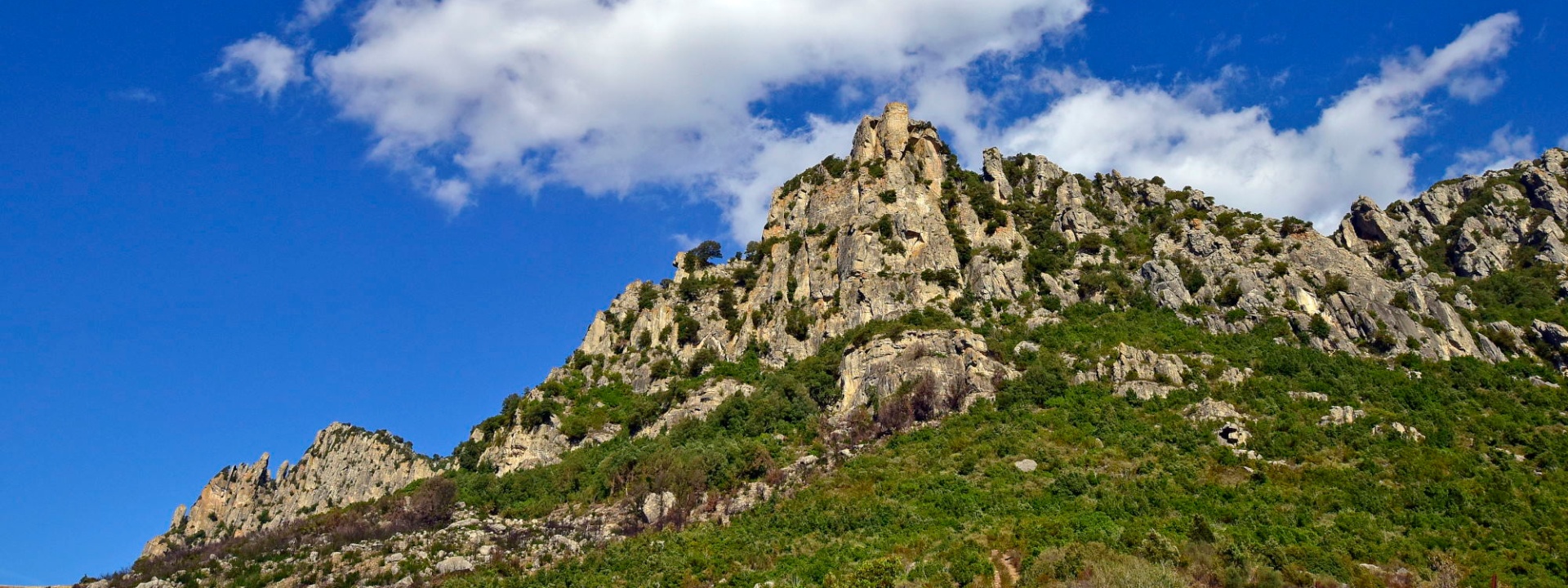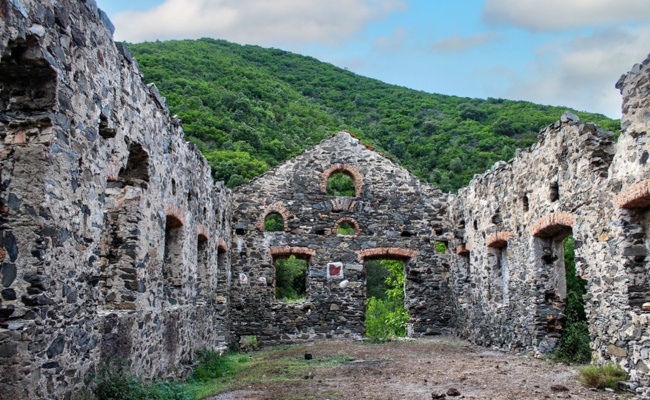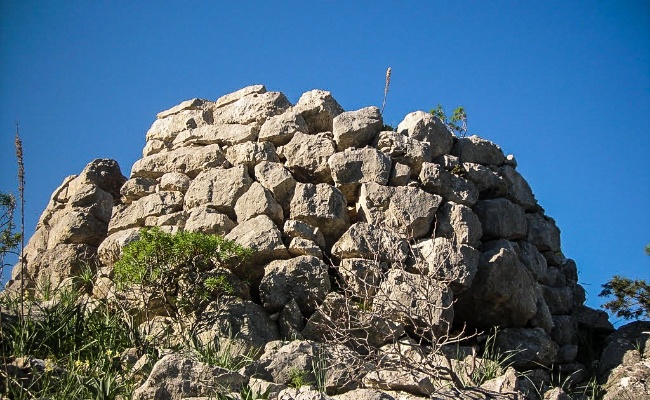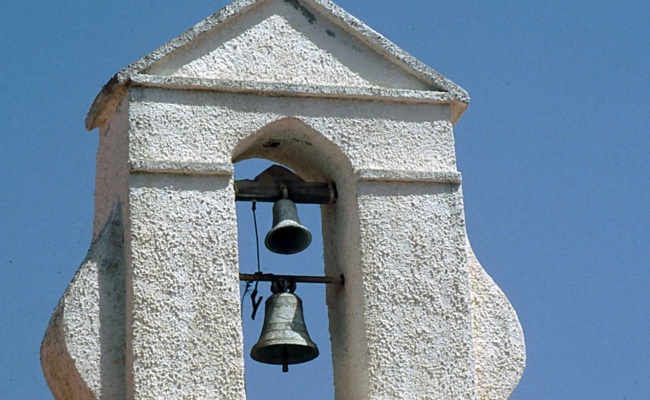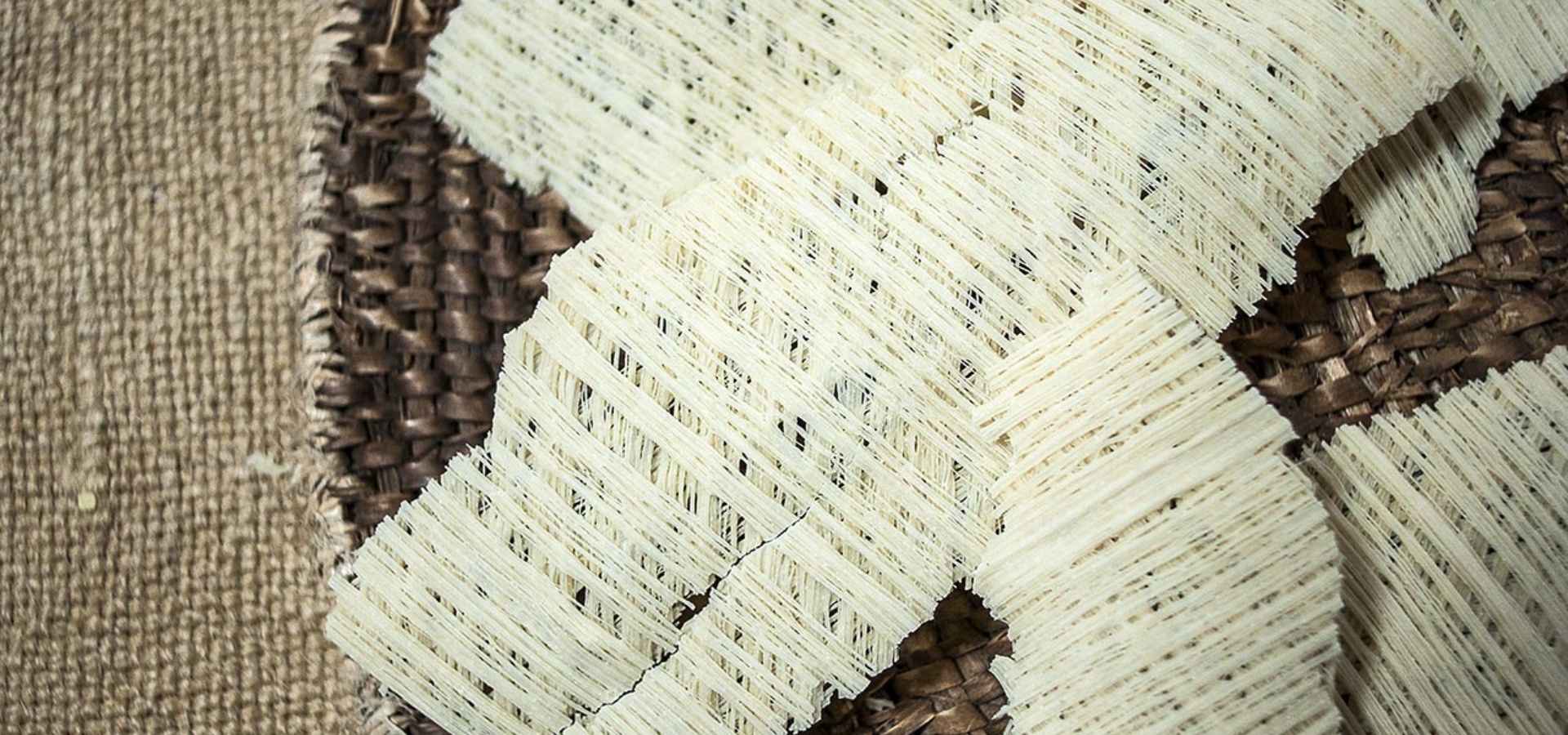Lula
Description
Lula is a town in the Province of Nuoro located on the western slopes of the Monte Albo massif (which was recently declared a Site of Community Importance, or SCI, by the European Union).
The town is deeply rooted in the territory, with a history tied to the exploitation of Monte Albo’s rich silver and lead mines.
Mining in the area began in the Roman period, but peak production was between the nineteenth and twentieth centuries, until the mines were closed in the 1990s.
Lula was the site of one of the first miners’ strikes, with the workers standing up in protest against the Jacob mining company on 16 April 1899.
Today, the tunnels, washeries and machinery of the famous Sos Enathos mine are open to visitors.
The mines are surrounded by stunning landscapes, like the Sas Piperai canyon and the Janna di Murai pass.
The area was first frequented and inhabited in the pre-nuraghic period and is rich in archaeological evidence, like the Littu Ertiches nuragh, the s'Aliterraglia settlement and the ruins of a temple dedicated to the water cult at Untana 'e Deus.
Lula’s main churches include the parish church of Santa Maria Assunta and two churches devoted to the Virgin: the church of the Angeli and the church of Valverde.
The sanctuary of San Francesco (cited by Grazia Deledda in Elias Portolu) is well known to all Sardinians and a pilgrim destination in early May and early October.
During the festivities, you can sample dishes like su filindeu (a special ‘woven’ pasta) and blood pudding.
Lula’s Carnival celebration is one of the island’s most spectacular and crude.
It is led by the town’s traditional Carnival character, Su Battiledhu, dressed in black animal hide and his face covered with soot and blood.
The ritual embodies the suffering of the sacrificial victim, similar to other Carnival rituals in the Sardinian hinterland.
 Nuorese Cultural District
Nuorese Cultural District